Every year, medication waste costs the U.S. healthcare system over $20 billion. Much of it isn’t because drugs are ineffective or harmful - it’s because they expired on the shelf while still perfectly good. You’ve probably seen it: a bottle of antibiotics tucked behind others in the clinic cabinet, forgotten until the date on the label has passed. Or a patient given a 30-day supply of a chronic medication, only to stop taking it after two weeks - leaving the rest to sit unused until it’s thrown away. This isn’t just money lost. It’s wasted resources, unnecessary environmental harm, and a system that keeps producing more than it needs.
Why Medications Expire Before They’re Used
Expiration dates aren’t magic deadlines. They’re manufacturer-tested estimates for when the drug is guaranteed to be at full potency and safety under ideal storage. But many medications remain stable - even effective - months or years past that date. The FDA’s 2023 update confirmed that over 90% of tested drugs retained potency well beyond their labeled expiration, if stored properly. Yet, most clinics and pharmacies still treat expiration dates like hard stop signs. The real problem isn’t the science. It’s the system. Too many providers dispense full bottles because it’s easier than splitting doses. Refrigerated biologics sit in freezers with no temperature alerts. Inventory isn’t tracked beyond a monthly checklist. Staff don’t know how to spot early signs of degradation. And when something expires, the easiest answer is to toss it - not because it’s unsafe, but because the process to reuse or return it is unclear.Start with Inventory Control: FIFO Is Non-Negotiable
The single most effective way to prevent waste is to use the first-in, first-out (FIFO) method. This isn’t just a suggestion - it’s a basic rule of pharmacy and clinical supply management. Every new shipment of medication should go behind older stock. When you pull a bottle off the shelf, you’re pulling the oldest one. In practice, this means labeling every box or bottle with the receipt date and expiration date. Use color-coded labels: green for more than 90 days out, yellow for 30-90 days, red for under 30 days. Train every staff member - from nurses to clerks - to check these labels before grabbing a drug. A 2022 case study from a rural clinic showed a 29% drop in waste after implementing this simple visual system. Don’t rely on memory. Set a weekly 15-minute audit every Friday morning. Go through every shelf, drawer, and fridge. Flag anything expiring in the next 30 days. If you’re not doing this, you’re already losing money.Stop Over-Prescribing and Over-Dispensing
One of the biggest sources of waste is giving patients more than they’ll use. A patient prescribed 60 pills for a 14-day course? That’s 46 pills headed for the trash. A chronic condition like hypertension? Patients often stop taking their meds after a few weeks - but still get 90-day fills. The fix? Split fills. Instead of giving a full 90-day supply, start with a 30-day fill. Reassess after that. If the patient is adhering, refill. If not, you’ve caught the issue early - and saved 60 pills from becoming waste. A 2022 Sermo survey found that 65% of clinicians saw better patient adherence with split fills. And it’s not just for chronic conditions. Antibiotics, pain meds, even steroids - all can be dispensed in smaller quantities. Pharmacists at Mayo Clinic reported a 37% reduction in waste for chronic medications after switching to this model. Electronic prescribing systems like Epic’s Pharmacist Dashboard now help flag potential over-prescribing. They analyze past usage patterns and suggest appropriate quantities. If your clinic uses paper scripts, it’s harder - but not impossible. Just ask: “How many days do you think they’ll actually use this?” before writing the prescription.Temperature Control Isn’t Optional
Insulin, vaccines, biologics, and many injectables require strict temperature control. If they’re stored at 50°F instead of 40°F for a week, they degrade - even if the expiration date is months away. And if you don’t know it happened, you might give a patient a useless dose - or worse, a dangerous one. Every fridge and freezer storing medication needs a digital temperature logger with alerts. These devices cost under $150 and can send text alerts if the temperature drifts. Don’t rely on manual checks. One rural clinic lost $8,200 in refrigerated biologics because no one noticed the fridge had failed for 48 hours. Record temperatures daily. Keep logs. If the temperature goes out of range (36-46°F for refrigerated, 68-77°F for room temp), quarantine the meds immediately. Contact the manufacturer - many will replace degraded products if you have documentation.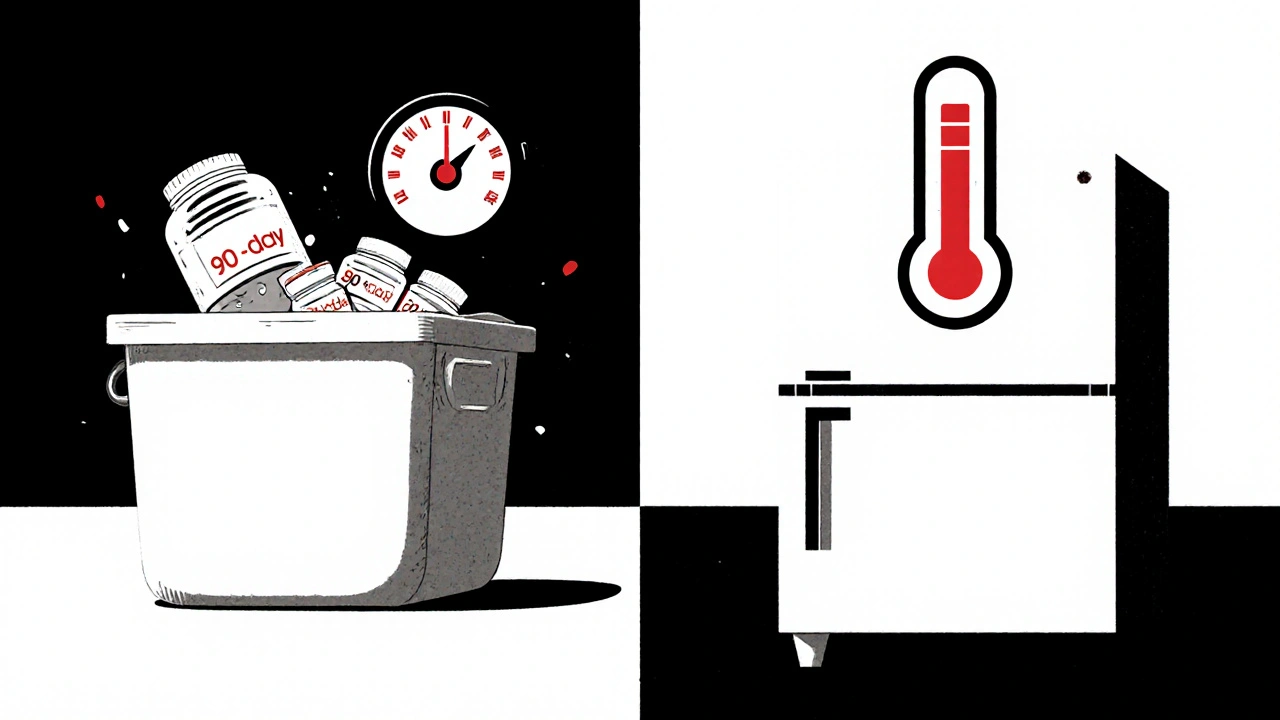
Use Technology - But Only If It Fits Your Size
Big hospitals use barcode scanners, cloud-based systems like Omnicell or Epic, and AI tools that predict when drugs will expire. These systems cut waste by 25-30%. But they cost $8,000-$15,000 a year. For a small clinic with 5 providers and a $20,000 annual drug budget? That’s not a smart investment. For small practices, manual systems still work - if done right. Use printed inventory sheets. Check weekly. Color-code. Train staff. Spend $500 on a digital thermometer and $300 on labels. That’s it. You can reduce waste by 20% without spending thousands. If you’re growing - say, 10+ providers or 500+ prescriptions a month - then start planning for automation. But don’t buy tech just because it’s trendy. Buy it when your manual system is failing.Know When to Return, Not Toss
Many medications can be returned - if you know how. The FDA’s 2023 guidelines expanded take-back programs to cover 87% of U.S. zip codes. There are over 11,000 registered collection sites: pharmacies, hospitals, law enforcement offices. Some even accept unopened, expired meds. Don’t throw away controlled substances like opioids in the trash. It’s illegal and dangerous. Use a take-back box. For non-controlled meds, check with your local pharmacy. Some will accept unopened, sealed bottles for redistribution to low-income patients. If you’re in a facility that generates more than 2.2 pounds of hazardous pharmaceutical waste per month, you’re legally required to have a formal disposal plan under the EPA’s 2023 rule. Incineration is the only safe method. Landfilling these drugs is not just irresponsible - it’s a violation.Training Is Your Secret Weapon
No system works without trained people. The WHO says staff training is the foundation of waste reduction. Facilities with regular training see 28% less waste than those without. Train staff on:- How to read and interpret expiration dates
- Proper storage conditions for different drug types
- How to use FIFO and color-coding
- When and how to return medications
- Recognizing signs of degradation (cloudiness, discoloration, strange odor)

What About Drugs That Are Still Good After Expiration?
Dr. Lisa Chen’s 2021 JAMA commentary hit hard: “We’re throwing away medicine that still works - because we’re scared of a date on a label.” The FDA and NIH both confirm: many drugs remain effective for years past their expiration. Stability data from military stockpiles shows some antibiotics and heart meds still potent after 15+ years. But here’s the catch: you can’t just start using expired meds. There’s no way to guarantee potency in a home or clinic setting without lab testing. So what do you do? Use this rule: If a drug is expired but stored properly, and it’s not critical (like insulin or epinephrine), don’t toss it immediately. Flag it. Contact the manufacturer. Ask: “Can you verify this batch is still viable?” Some will provide data. Others will offer replacement. For non-critical, low-cost meds - like antihistamines or basic pain relievers - consider donating unopened, expired bottles to organizations that test and redistribute them. A few nonprofits in the U.S. and Canada do this legally and safely.Start Small. Think Long-Term.
You don’t need a $10,000 system to cut medication waste. You need awareness, consistency, and small changes. Start this week:- Put color-coded labels on all meds expiring in the next 30 days.
- Switch to FIFO on every shelf.
- Ask every prescriber: “Can we start with a 30-day fill?”
- Buy a $150 temperature logger for your fridge.
- Find your nearest FDA-approved take-back location.
What Happens If You Don’t Act?
The numbers don’t lie. Small clinics lose $15,000-$25,000 a year on wasted meds. That’s a full-time employee’s salary. It’s a new fridge. It’s a year’s supply of insulin for 50 patients. Regulators are watching. CMS now penalizes facilities with high waste rates. The EPA is cracking down on improper disposal. And patients? They notice when you’re careless with resources. The cost of doing nothing is higher than the cost of change.Can I still use a medication after its expiration date?
Many medications remain effective and safe well past their expiration date if stored properly - especially pills and capsules. The FDA’s testing shows over 90% retain potency for years beyond the label. But you shouldn’t use them without checking. Critical drugs like insulin, epinephrine, or nitroglycerin should never be used past expiration. For others, contact the manufacturer or a pharmacist. Don’t guess.
What’s the best way to dispose of expired medications?
The safest and legal way is through a take-back program. There are over 11,000 FDA-registered collection sites across the U.S., including pharmacies, hospitals, and police stations. For controlled substances like opioids, take-back is required by law. Never flush them down the toilet or throw them in the trash unless no other option exists - and even then, mix them with coffee grounds or cat litter to make them unappealing.
Do I need expensive software to prevent medication waste?
No. While systems like Omnicell or Epic reduce waste by 25-30%, small clinics can cut waste by 20% or more with simple, low-cost methods: color-coded labels, weekly inventory checks, FIFO storage, and temperature logs. Spend $500 on tools, not $10,000 on software - unless your volume justifies it.
How can I convince my team to follow new waste-reduction rules?
Make it easy and rewarding. Show them how much money is being wasted - turn it into a team goal. Offer a small bonus or recognition for the staff who help reduce waste the most. Hold short training sessions every quarter. People follow rules when they understand why and feel included in the solution.
What should I do if a refrigerated medication is exposed to wrong temperatures?
Immediately quarantine the medication. Note the temperature range and duration of exposure. Contact the manufacturer - many have protocols for assessing stability after temperature excursions. Some will replace the product if you have documentation. Never assume it’s still good. When in doubt, discard it - but document the decision.
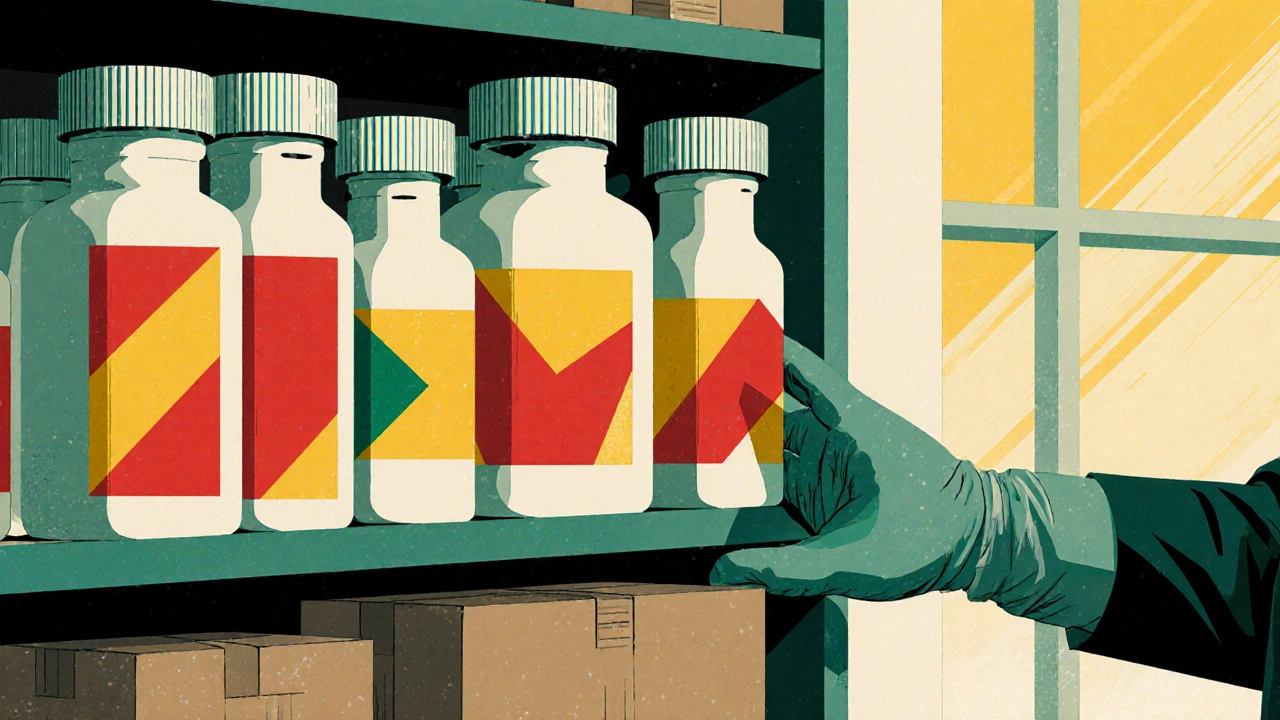
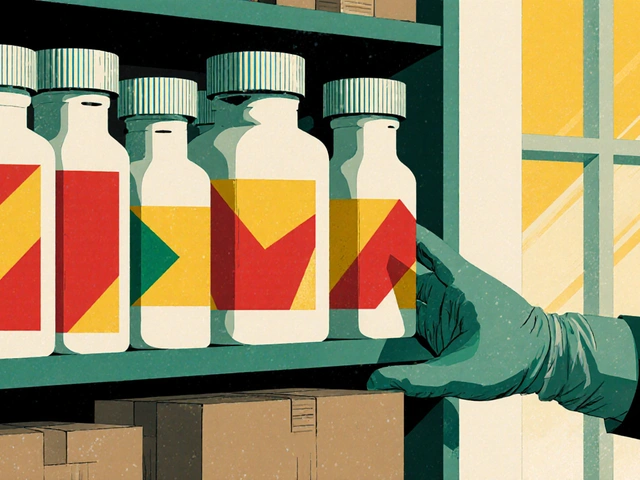

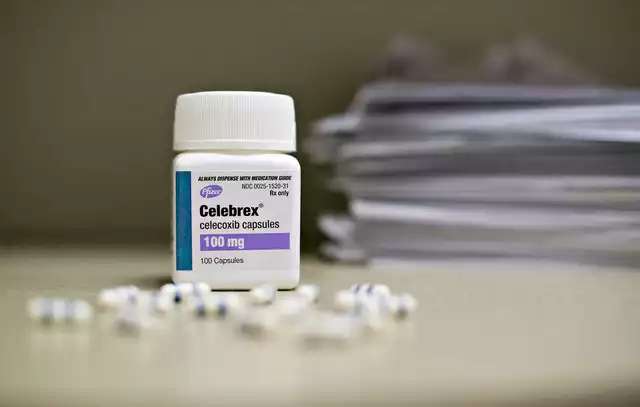


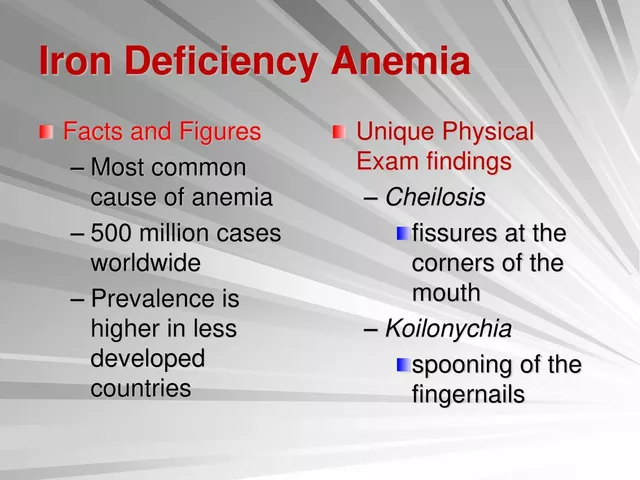

Gina Banh November 25, 2025
Stop treating expiration dates like gospel. I’ve seen insulin expire in a fridge for 18 months and still work fine-because it was stored right. The system’s broken, not the science. We’re throwing away life-saving meds because some bureaucrat decided ‘better safe than sorry’ means ‘better waste than think.’
Deirdre Wilson November 26, 2025
Wait… so we’re just gonna start hoarding expired pills like they’re gold bars? 😅 I get the point, but what if someone takes an old antibiotic and it doesn’t work? Then they get sicker, go to the ER, and cost way more than the $2 bottle they tossed. I’m not saying don’t be smart-I’m saying don’t be reckless.
Damon Stangherlin November 27, 2025
This is such a good breakdown. I work in a small clinic and we just started doing the color-coded labels last month-already saved $1,200 in 6 weeks. No fancy tech, just people paying attention. Also, FIFO is non-negotiable. If you’re not doing it, you’re literally burning cash. Thanks for this!
Ryan C November 28, 2025
Correction: The FDA didn’t say ‘over 90% retain potency.’ They said ‘over 90% of tested samples retained ≥90% potency under accelerated conditions.’ That’s not the same as real-world shelf life. Also, epinephrine degrades rapidly after 12 months-even if unopened. Don’t misquote data to justify laziness.
Dan Rua November 28, 2025
Love this. I’ve been pushing my team to do split fills for months and everyone thought I was crazy. Now we’re down 40% on waste and patients are actually calling to refill because they’re using it right. Small wins add up. Keep sharing this stuff.
Mqondisi Gumede November 29, 2025
Why are we even talking about this like its some american problem? In SA we just use what works and dont waste time with labels and fridges and 15 minute audits. You people got too much money and too little sense. Expired meds? Use them. If you die then you were weak anyway. Stop overthinking everything
Douglas Fisher November 29, 2025
…I just… I need to say this. I’ve seen patients cry because they couldn’t afford their meds, and then I’ve watched the same meds sit in a drawer, expired, because no one had the time to check the date or call the manufacturer or… I don’t know… care. This isn’t just about money. It’s about dignity. And if we can fix this with color-coded stickers and a $150 thermometer… then why aren’t we doing it faster?
Albert Guasch December 1, 2025
It is imperative to underscore that the implementation of proactive inventory management protocols-particularly the adherence to first-in, first-out (FIFO) methodologies-is not merely an operational best practice, but a fundamental pillar of pharmaceutical stewardship. Furthermore, the utilization of calibrated digital temperature monitoring devices constitutes a non-negotiable component of regulatory compliance under 21 CFR Part 211. The fiscal implications of non-compliance are not peripheral-they are existential.
Ginger Henderson December 1, 2025
So… we’re supposed to trust a $150 thermometer more than the FDA’s expiration date? Cute. Next you’ll tell me I can drink expired milk if it ‘smells fine.’